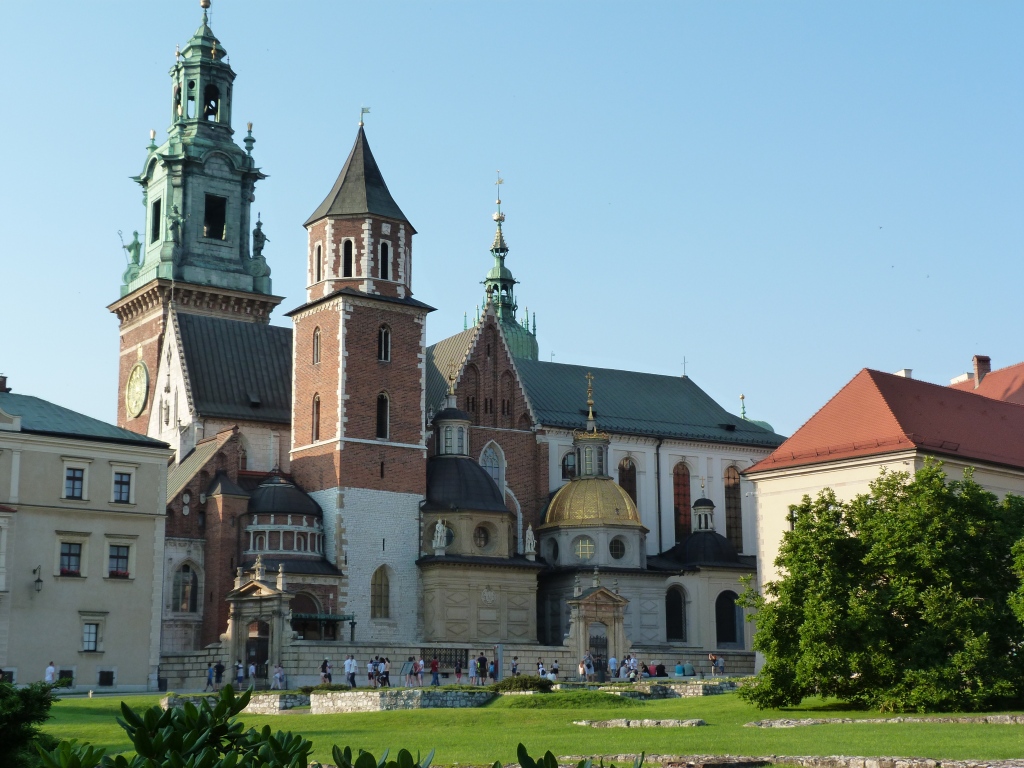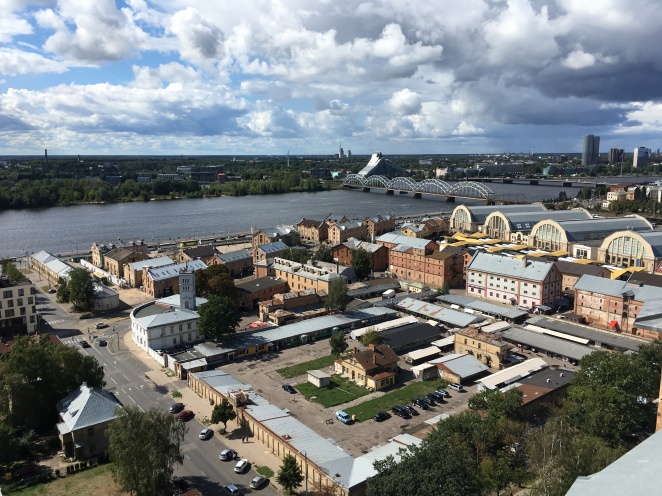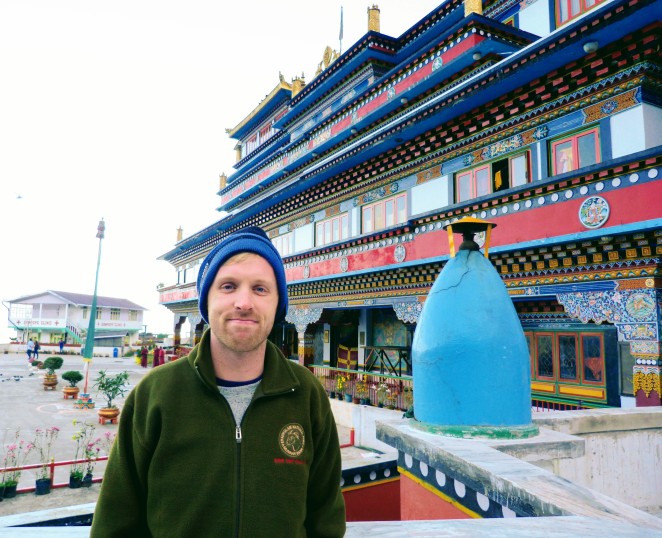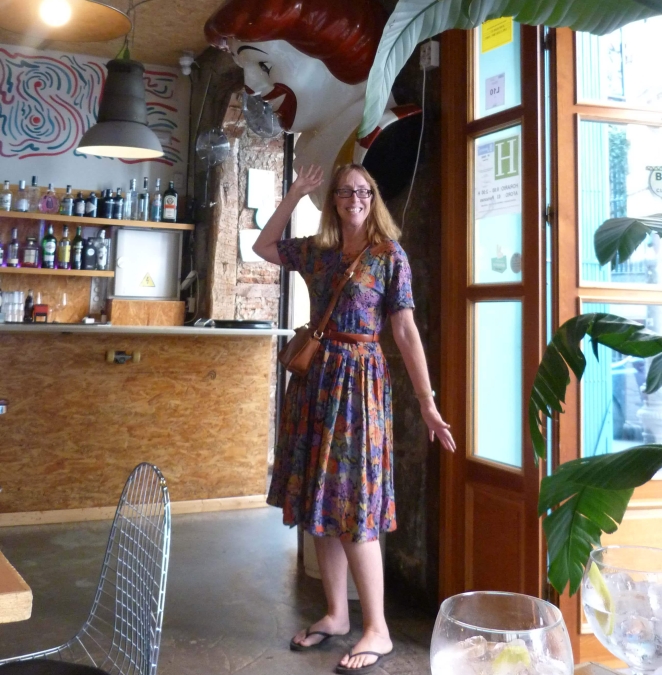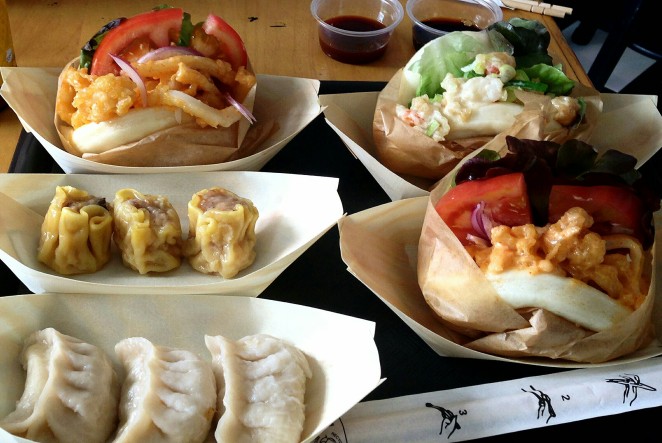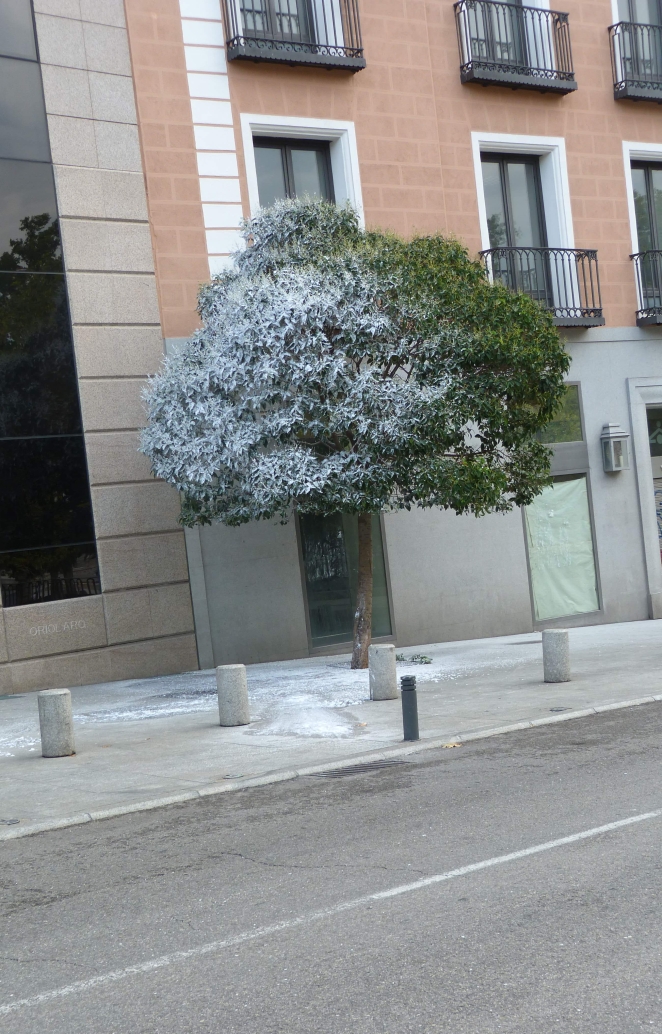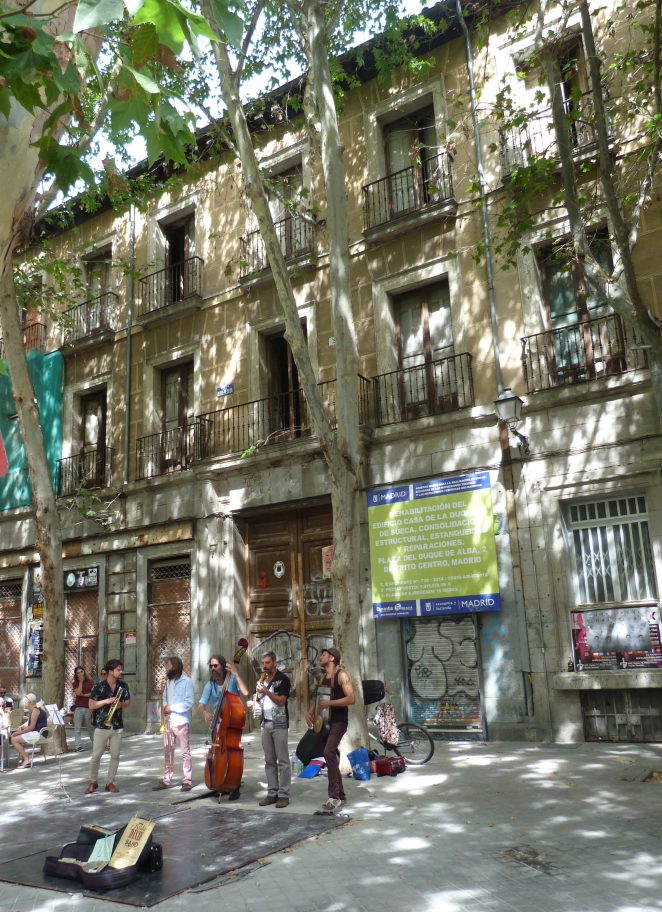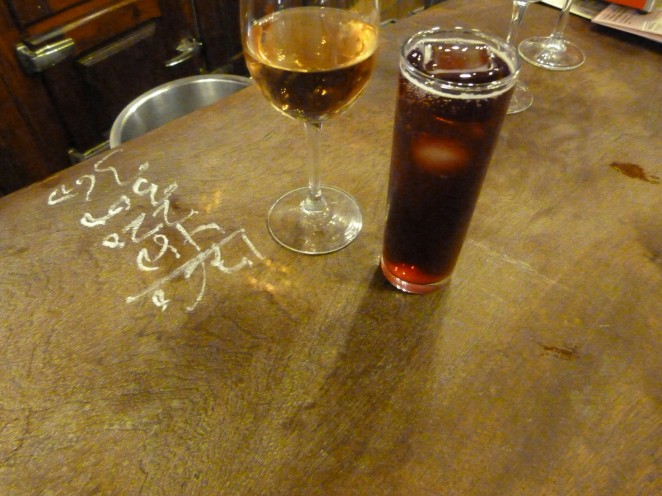
Wroclaw is a lovely city for strolling and relaxing, combining old world charm with convenient intercity transport links
Polish Homecoming
Arriving in Poland for me was surprisingly emotional. For the past few years, I have been researching that half of my family tree and turning up only minimal results. I’ve learned quite a bit about what my Polish ancestors did after they came to the United States, but I still only have theories about which town they’re even from in Poland.
So, in part, this trip was a cathartic experience because it allowed me to rediscover my roots, even if they’re only notional and generic roots. However, when I got off the plane in Wrocław on a mild summer morning, it did feel a little like coming home. Poland, in many ways, resembles Missouri. It’s a beautiful landscape – mostly gently rolling hills, largely populated with deciduous forests and farmland, and the people aren’t all that different (in that they’re pretty much all white and the government is pretty racist).

Poland is undergoing a slight patriotic renaissance — I’m all for a strong cultural identity, but it isn’t all good with the PiS
Poland is having a tough time, governmentally speaking (and we all know they’re not the only ones). Their Law and Justice Party have attempted to abolish the independence of their judiciary, and the country has now been formally sanctioned as a result. We saw several protests in the town square in Wrocław.
However, we largely avoided politics. So, our first order of business in Wrocław was to find our accommodation, an Airbnb for us of course. The town is very well connected by trams (as it turns out most of Eastern Europe is). They are adorable little streetcars that people actually use to get around. However, we couldn’t figure out how in the hell to pay for the damn things, so we called an Uber. It was easier, because we had Sophie’s red monster bag (25kg!! — I know because I carried it up every staircase east of Berlin…).
Coffee, where are you?
We needed more coffee because all we had had was a gigantic (and not very good) Pret coffee before leaving London just a few hours before. So we decided to go walk in the park on the vague notion from our host that “there is coffee that way”. The park was beautiful — and it brings me to a sad, but true admission about my preconceptions about Eastern Europe.
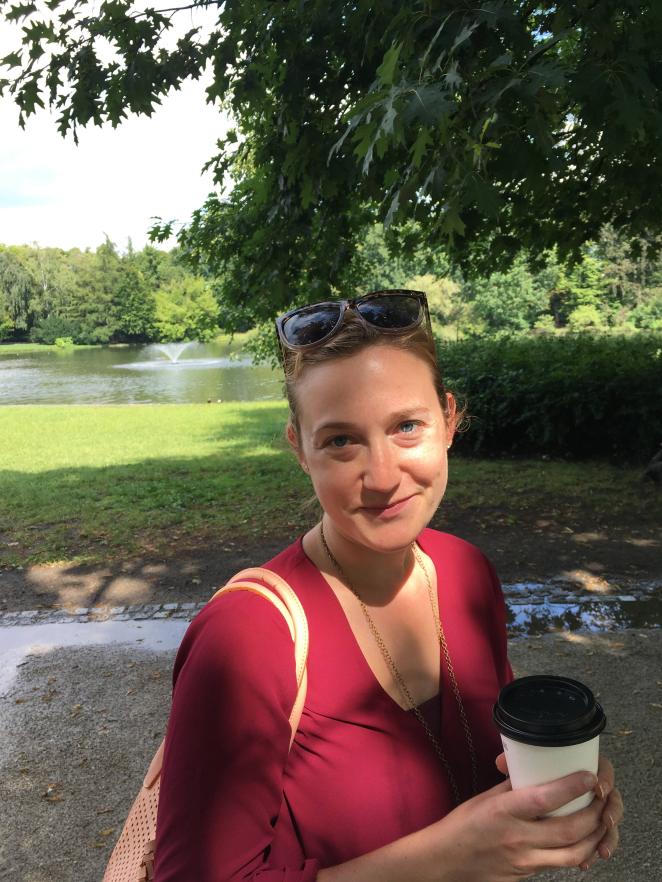
Sophie is smiling now — but you should have seen her before she had coffee…
I had this strange, and very misguided, concept that Eastern Europe would be some kind of developing world hellscape. I have no idea where that came from — but I couldn’t have been more wrong. Throughout our trip, I was struck by how backwards that concept was, and in fact, how much more advanced of a society Eastern Europe is than the United States. It’s frankly embarrassing — I’ll say it. And I’ll give you three reasons.
- It’s safe. All the countries we visited — save a few sketchy experiences — felt and are, according to statistics, WAAAAAAY safer than the United States. People don’t own guns in Europe, if they do want to kill one another, they are civilized about it and use a knife or blunt instrument. In the past, they relied on the commissariat to do it systematically.
- Public transportation is the mark of a decent society. For example, the trams — they’re cute and they get you places on time. All of the cities we traveled in have these little cars to zip you to your destination. But there were also an extensive network of buses, minibuses, trains, subways, and easy hire bikes.
- They’re clean. Apart from Budapest, which was downright disgusting, these cities aren’t trashed like so many “developed” world cities. True, they have a slightly different concept of what ‘tidy’ is, some of the post-Soviet buildings are a bit beat up — but I dig it.

Trams will zip you around to whatever part of the city you want to see — transport in Eastern Europe is impressively extensive and cheap.
Now, what the hell is there to do in Wrocław? Here’s 10 things we did, and mostly enjoyed…
1) Hunt gnomes: There are some 200+ of these little guys scattered throughout the city, it makes for a fun diversion to keep your eyes peeled for them. It’s worth a read about how they came into existence, check out their wikipedia to learn about their anti-communist, pro-labor roots.
2) Sample Polish fare & beers, in fact, it was pretty difficult to find non-Polish food, unlike so many other cities. I’m not going to say Polish food is the best food in the world, but it’s very comforting. The beer isn’t as good, but you’d better get used to it because no one will give you water — much like the rest of Europe.
3) Craft coffee/craft cocktails — surprisingly, yes. Go to Lot Kury for a steaming teapot of gin.
4) Dodge Chinese tourists’ selfie stick as they whip em’ around
5) Explore the charming old town square

Generally speaking, the old town is very cute and full of sprawling cobblestone squares. Wroclaw survived the Soviet and Nazi occupation with a surprising amount of its charm intact.
6) Go to a milk bar, in fact I insist, comrade. You can get your daily allotment of food (a couple dishes and a drink) for about $5. It’s also the experience, families, groups of teenagers, and old grumpy couples shoveling Polish food down their throats at high speed and chasing it with beet juice or whatever sweet purple stuff came in those cups…

7) Check out some weird sculptures — and there are many all across the place, some much darker-themed than others.
8) See the Jewish quarter (or what’s left of it) and a couple nearby cathedrals that weren’t destroyed.

One of the better preserved churches in Poland which survived allied bombing, Soviet occupation, and the scourge of modern development
9) Rent a city bike and zoom around the tiny parks dotted throughout the city.
10) Eat a donut. Seriously, they’re so good.
To be honest, this list is embarrassingly simple, but what we liked best about Wrocław is that we felt like locals within a day. It’s a small, ‘chill’ city where the woman at the smoked fish counter knows your name and is already tired of your stupid order that you can’t pronounce. As a recently named European City of Culture, it truly is worth a visit. Onwards!
Kraków
Kraków isn’t as charming as Wrocław, there’s no way around that because it’s saturated with the kind of tourists that will irritate. American and Chinese tourists are in competition to see who can drip sweat on things first and they putter around incessantly with selfie sticks and leave puddles of garlic butter in their wake.

A quick glance at the town centre of Kraków should be enough, it’s a tourist trap
Despite that, it’s still a pretty interesting city with one of the largest, most walkable old towns in Europe. It’s also much bigger, and that goes with the name recognition, of course. One of the best features of the city is the green ring around the center. You can walk in a full circle starting at the castle, all around center city, without having to leave the shade. Of course, also with a bigger city comes the problem of more bums. However, it’s difficult to tell the bums from the drunk tourists and stag partying Brits (is there actually a difference?), and you’re much less likely to be hassled by the bums.
Kraków is a lovely city to walk around, more than just exploring the extensive old town, a few things worth doing include:
- A vodka bar — It’s not what you think! These are little arcade style places that have a variety of flavored, lesser proof vodkas such as coffee, hazelnut, cherry, and apricot, among hundreds of other flavors.
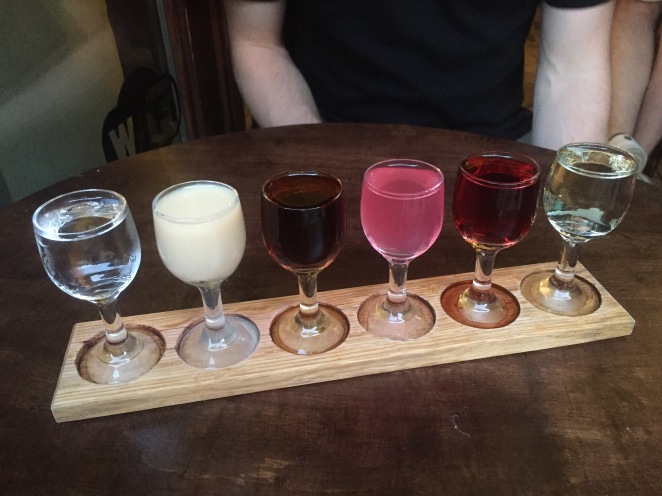
The brightly colored array of options at a Kraków vodka bar
- Castle — The ‘castle’ and the dragon’s den are very fun. There is a legend that a dragon lives beneath the castle in a cave and so, naturally, there is a fire-breathing statue to appease the tourists (who are the reason the dragon is extinct). The castle isn’t as much a castle as a conglomeration of stones and several walled cathedrals, however the promontory gives you a good view of the parts of Kraków you’ll never visit (because they’re outside the center where the plebeians live).

The gate to the castle
- Food – there is some great traditional and not traditional food in Kraków. We can totally recommend a place called Chata, which has that ridiculously over-the-top peasant-style building with sheep skin rugs on top of wooden benches — it’s cozy and will charm you, and if not, you suck and need to relax. But the food is authentic and pleasantly heavy. Super inexpensive too!
Salt of the Earth: And we call it a mine. A mine!
I am slightly ashamed to say this was not only possibly the coolest thing on this trip, but potentially one of the coolest excursions I’ve ever been on (Yes, yes Sophie was right). Why is a a salt mine cool, you ask? I have no idea, except that to venture deep below the earth into a place that directly inspired Tolkien’s Moria and is the quietest place you’ve ever been is just thrilling.

See the resemblance to Tolkien’s dwarf kingdoms?
Even the legends of Dwarves inhabiting these mines doesn’t seem to far-fetched once you enter this strange underground realm. In that mysterious world, deep beneath the ground (disturbingly so), the salt air has preserved the same timbers that were used to construct the original mine some 1200 years ago. People have been mining salt from this deposit since neolithic times and you get that creepy, but incredibly ancient feeling when you wander through the maze-like corridors of this place. Among the seemingly endless, labyrinthine expanse are thousands and thousands of sculptures that the miners made over the years in their spare time, celebrating Poland, Catholicism, and folklore.

A depiction of the origin story of the mine, this dude gave a princess some salt, and she was like “WTF?”
Unlike what we believe, our guide, who was an enthusiastic gentleman, dissuaded us from our dubious belief that the miner’s life was one of a serf. In fact, miners in the heyday of the mine were well-paid and unionized. They were paid partially in salt (which in those times was far, far more valuable than gold).
You can only access the mine through a guided tour (you do NOT want to get lost down there!) and the ticketing system is a bit rigid. Though we generally hate structured tours, we opted for a full “pick-up and drop-off” tour from Kraków rather than attempt to travel to the mines ourselves and I think this was the right choice. The mines are amazing, but disorienting and I wouldn’t have wanted to navigate a train system to get back to the city afterwards.
Kazimierz
Kazimierz is the Jewish quarter of Kraków, and this is another bit of the city well worth the trip. It’s the site of a food renaissance with a pleasing mix of traditional Polish-Jewish food as well as hip Israeli restaurants dotted throughout vibrant neighborhood. There’s a fair bit of historical stuff about the ghetto as well, including some store fronts which have been restored to before they were destroyed and boarded up.
Not much to say about it other than go ramble around it for an afternoon, definitely worth the time.

Revel in the rebirth of Jewish culture in Poland in Kraków’s Jewish quarter, there is some excellent, hipstery Israeli food

Some dilapidated areas near the Jewish quarter
Get outside the city
It’s worth renting a bike just to enjoy the extensive network of bike paths that spiders out from Kraków. I spent a day trying to get to the old forest outside the city, but finding a wealth of interesting sites along the way prevented me from reaching my destination, including: apples growing everywhere, an old nazi bunker that was cordoned off, a random dinosaur museum, a beautiful but inaccessible monastery, and a mysterious crematorium that was closed for business. In fact, when I found the bunker, I also found a wonderful apple tree and got to eat a couple of perfect apples while I pondered how to get to the forest. Unfortunately, I never could figure out how to enter the forest, but it was a lovely bike ride.

A well-maintained park a short walk from the center city full of statues…
You gotta love Poland, it’s just the right amount of weird just before it gets scary. The people aren’t what I would call friendly per se, but they’re interesting and they’ve definitely got a great, dark sense of humor that’s like, “What other bad shit could possibly happen that’s worse than what already happened?” It’s not quite funny, but in this lovely country life goes on, and the Polish economy is humming. I’m sure there’s never been a better time to explore this gem of a country.

Looking back at the city, you can get an awfully long way on the network of bike paths that connect the city to the countryside
-Brian
